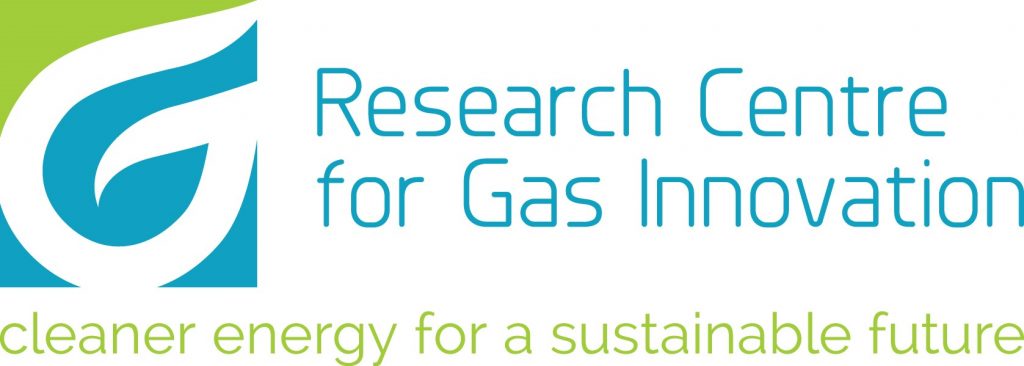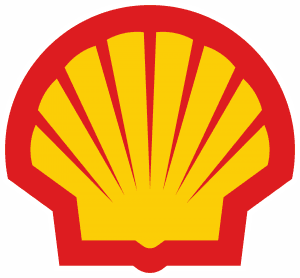Optimization of finite-difference seismic wave solvers and their adjoints.
This project focuses on developing a range of software technologies required for simulation and data inversion. Despite the fact that applications such as seismic imaging through data inversion predate the current surge in interest in data analytics and machine learning by many years, it remains an incredibly challenging problem due to the inherent complexity of the problem, large data volumes, and high computational cost. The software required is highly specialized, both in terms of mathematics and high-performance computing methods, and takes many person-years to develop. This poses a serious barrier to the development of new methods and innovation, for example, to improve an image below salt layers commonly found off the coast of Brazil.
The aim of the work proposed here is the development of specialized software technologies that can reduce the time required to develop simulation and inversion codes from years to days. High-level programming languages are designed here to enable geophysicists to use their domain expertise to quickly develop and evaluate new algorithms to image challenging geological areas.
The first specific objective of this workstream is to develop discretization methods for several types of partial differential equations relevant for full-waveform inversion: isotropic acoustic system and anisotropic acoustic and elastic systems, with the following properties:
(1) stability in the presence of high medium contrasts for long time integrations,
(2) accuracy of key solution metrics e.g. minimized dispersion errors,
(3) computational efficiency.
The second specific objective of this workstream is the theoretical study and implementation of both state of the art and novel optimization methods to solve the FWI problem. In particular, we will focus on the development of sharp interface models, which are relevant for geological settings presenting strong discontinuities, such as the case of delineation of salt bodies.
This project is part of a major Shell funded project for software technologies for modeling and inversion, consisting of 11 principal investigators and a total of 64 participants.
Principal Investigators: Saulo R.M. Barros, Antoine Laurain, Pedro S. Peixoto
- Post-docs: 2.
- Ph.D. students: 4.
- MSc students: 2.
- Scientific Initiation: 1
Institution: Institute of Mathematics and Statistics (IME), University of Sao Paulo (USP)
Department: Applied Mathematics





